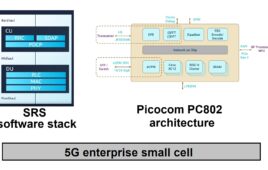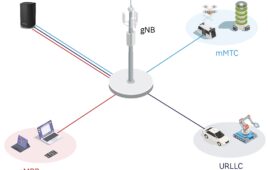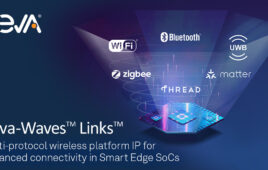Netcracker Technology and NEC Corp. partnered with Infinera and Juniper Networks to release a new Transport SDN solution. It reportedly provides full visibility across all IP, optical, and microwave domains, including SDN and traditional network environments, optimizes network utilization, and automates service provisioning and path restoration.
This solution is said to accommodate changing traffic patterns and on-demand customer requests, deliver an improved customer experience, and produce cost savings by optimizing capacity usage. Additionally, it reportedly allows service providers to automate their network service infrastructure, enabling them to focus their resources on expanding revenue opportunities while optimizing their service costs at any given time.
NEC/Netcracker, Infinera, and Juniper Networks demonstrated the joint solution as part of the Optical Interworking Forum/Open Networking Foundation Transport API project where the participants executed a multi-domain path selection and recovery test plan with intra-lab and inter-lab testing across multiple global carrier labs, including both Verizon‘s and Telefónica‘s. In the demo, NEC/Netcracker’s Multilayer SDN Controller used the new Transport API defined by the ONF to communicate with Juniper’s NorthStar Controller at Verizon’s lab and the Infinera Xceed optical SDN domain controllers at Telefónica’s lab. NEC/Netcracker’s Service Orchestration solution successfully created and managed Ethernet point-to-point private services across multiple vendors and multiple operators’ domains, according to reports from the demos.
Ultra Mobile, a U.S.-based MVNO, has implemented the Denodo Platform to support their agile BI initiative. As a part of the company’s larger effort to modernize its enterprise data architecture, the new agile BI platform has reportedly helped Ultra Mobile gain greater insight into the cost of goods used and align their marketing budget in higher growth regions.
“Thanks to the data virtualization layer, we have achieved a consistent and solid dataset that allows stakeholders to collaborate, which has led us to discover many opportunities that had been hidden in the weeds of the data swamp,” Ultra Mobile VP of Enterprise Information Management Mike Burkes commented. “The business impact has been significant and most evident in the areas of profitability and quality of service. Since implementing Denodo to support our agile BI efforts, we have improved profitability, and our quality-of-service delivery has improved as much as 22 percent in some international regions.”
Qorvo, a provider of RF solutions, announced broad commercial availability of four high-performance 28 GHz RF products for 5G base stations. Qorvo’s architectures leverage the company’s Gallium Nitride on Silicon Carbide (GaN-on-SiC) and Gallium Arsenide (GaAs) process technologies to deliver performance in miniaturized product footprints.
Qorvo’s 28 GHz offerings include the QPC1000 phase shifter, which integrates phase resolution with the ability to switch between transmit/receive functions; two transmission products – the TGA4030-SM GaAs medium-power amplifier/multiplier and the TGA2594 GaN-on-SiC power amplifier; and the QPA2628 GaAs low-noise amplifier. The complete suite of 28 GHz transmit and receive solutions is said to improve power efficiency and optimize size to help telecom equipment providers build out 5G trial systems and accelerate the deployment of full millimeter wave 5G base station networks.



